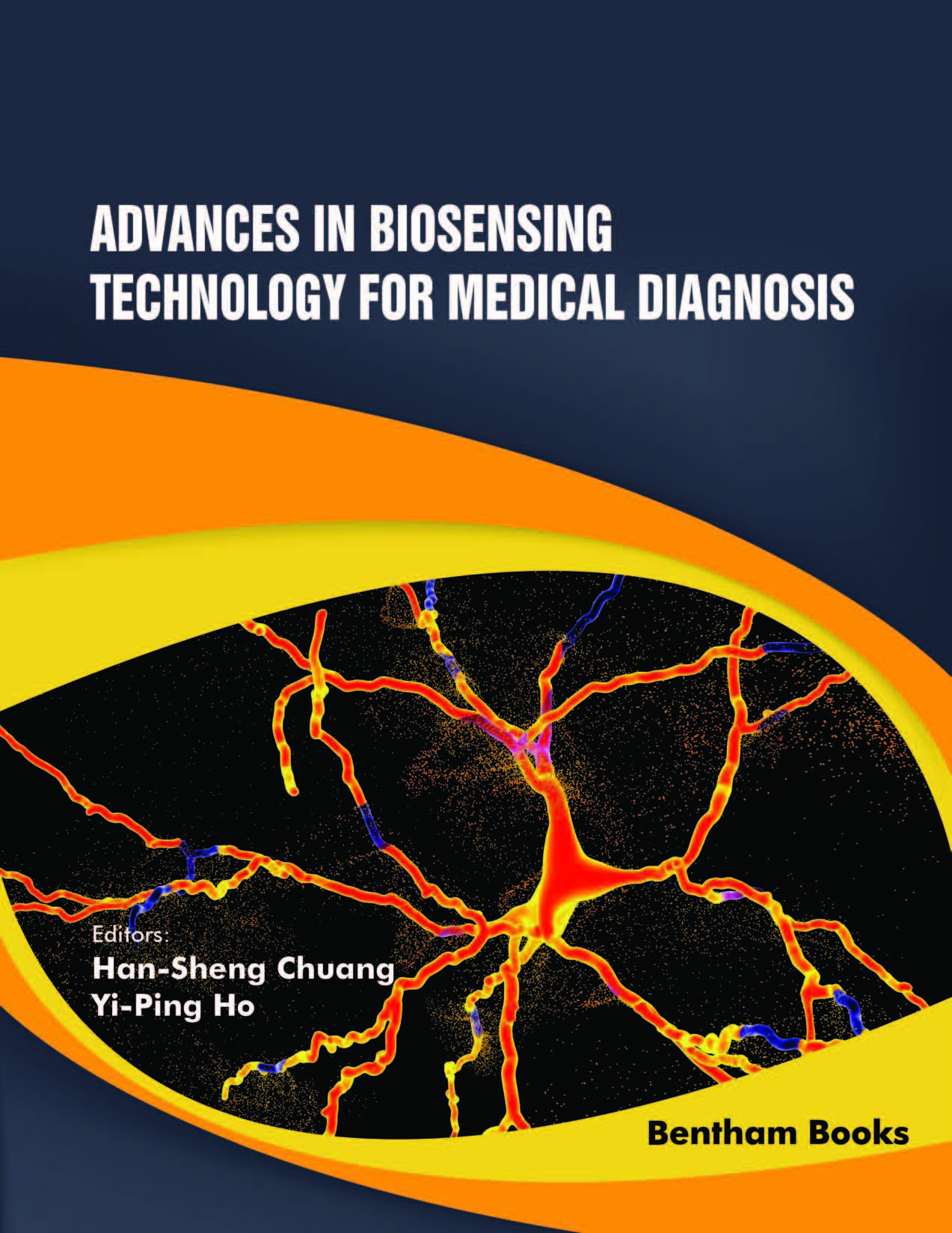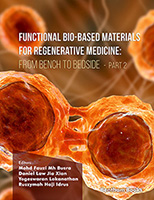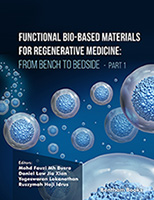Preface
Medical diagnosis is set to discover the cause of a person’s symptoms and to find the right treatment. An accurate medical diagnosis made in a timely manner is, therefore, the key to effective medical interventions and the subsequent survivorship. The existing clinical measures, usually involving invasive procedures, expensive and tedious operations, long turnaround time, or sometimes labor-intensive steps, may delay the clinical decisions. Biosensing technology is flourishing rapidly in recent years because of the advancement of micro/nano-fabrications. Despite the booming in all sorts of modern biosensors, most clinicians still prefer conventional medical instruments in diagnosis or making their therapeutic decisions. The barriers preventing the clinical communities from embracing new diagnostic technologies may be attributed to different levels of issues, including reproducible clinical validation, regulatory hurdles, compensations for the coverage of a new diagnostic procedure, and ethical concerns. To disseminate the cutting-edge diagnostic tools into routine clinical practice, the research and healthcare communities shall join the efforts to maximize the potential of recent biosensing advances. As a headway to broaden the readers’ horizon and to guide the readers in tailoring up-to-date biosensing techniques for specific embodiments, this book is aimed to bridge the gap between the scientific and clinical communities by providing valuable insights on the working principle of advanced biosensing technologies, and the scientific/clinical validations in establishing the analytical measures, especially, in medical applications. The inclusion of adequate background on the advancement in biosensing is expected to clear the hesitations of healthcare providers for adopting new diagnostic methods, encouraging the policy makers to reshape the regulations and compensations for diagnostic research and development, educating the next generation scientists to continue the efforts, as well as exposing the general audience to the latest development in relevant fields.
To this end, this book is organized in three parts, including part I: fundamentals of biosensors, part II: state-of-the-art biosensing technology, and part III: clinical practice with medical diagnostics. The opening chapter in part I describes the essentials of biosensors in medical diagnosis and how to evaluate the performance of a biosensor. In chapter 2, the micro-/nano-scale fabrication techniques are introduced to lay the foundation for subsequent realizations of biosensors in the following chapters. In part II, biosensors that cover five representative technological domains, including electrochemistry, electrical engineering, biochemistry, optical engineering, and fluid mechanics, are respectively discussed in chapters 3 through 7. In the last part, biosensors applied for different clinical purposes are specifically discussed in chapters 8 through 12 to highlight the potential use of biosensors in the clinical setting in the foreseeable future.
The editors are sincerely grateful to all the authors for their efforts in preparing the excellent and up-to-date chapters contained in the book. On behalf of these world-renowned experts in the field, the editors expect that this book will give the readers: (a) the state-of-the-art biosensing technologies developed in broad fields, (b) specific examples of novel biosensors used in medical diagnosis, and (c) step-by-step guidance of micro- and nano-fabrications in current biosensors. We hope readers who are interested in learning advances in biosensing technology may find this book not only containing plenty of scientific merits in this emerging field but also as informative as a tool book in their daily life.
Han-Sheng Chuang
National Cheng Kung University, Tainan, Taiwan
&
Yi-Ping Ho
Chinese University of Hong Kong, Shatin, Hong Kong





